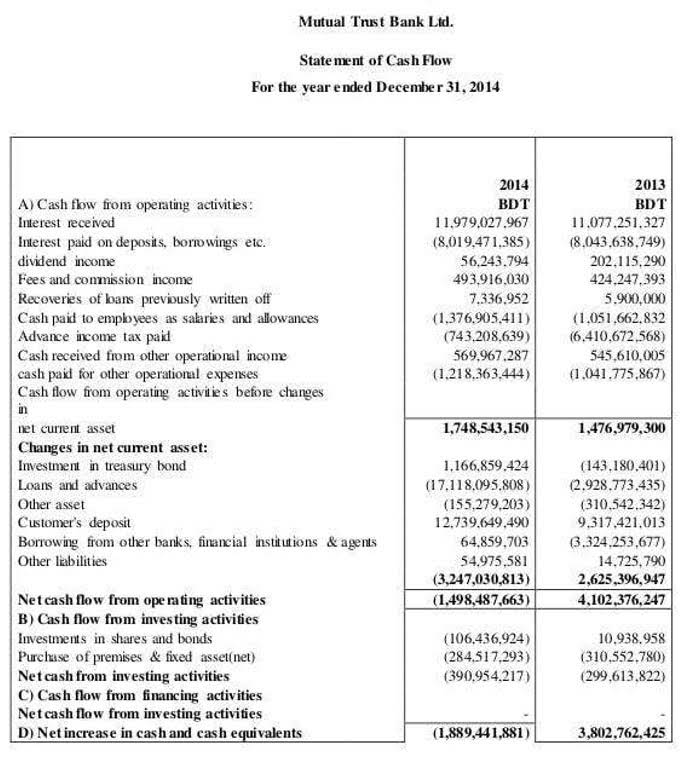Content

Owner’s Equity is an owner’s share or the ownership in the business which is the amount of the business assets that are owned by the owners of the business. In different words, it depicts the amount the owner of the business has invested in the business less than the money the owner has taken out as withdrawal. Starting a new business will require the investment of funds that are raised by the business owners.
Some might incorrectly assume that owner’s equity tells you how much your business will sell for. It’s actually a concept that allows you to see how your share of business owners equity calculation is valued from an accounting standpoint. You’ll need to know your business assets, liabilities, and owners’ shares in order to calculate individual owner equity.
What is the role of Owner’s Equity in financial analysis?
Looking at the same period one year earlier, we can see that the year-on-year change in equity was a decrease of $25.15 billion. The balance sheet shows this decrease is due to both a reduction in assets and an increase in total liabilities. To calculate owner’s equity, subtract the owner’s liabilities from total assets. Enter the total assets and total liabilities of the owner into the calculator. This calculator can also determine the assets or liabilities when given the other variables.
To further illustrate owner’s equity, consider the following two hypothetical examples. Owner’s equity is the difference between the value of assets and the cost of liabilities of an owner. To find the owner’s equity, you’d take $65,000 and subtract $15,000, which equals $50,000. Let’s take an example to understand the calculation of Owner’s Equity formula in a better manner. Christopher Boston is a Senior Manager of Content Strategy and SEO at MoneyGeek.
Owner’s Equity Example
Current assets are assets that can be converted to cash within a year (e.g., cash, accounts receivable, inventory). Long-term assets are assets that cannot be converted to cash or consumed within a year (e.g. investments; property, plant, and equipment; and intangibles, such as patents). The additional paid-in capital refers to the amount of money that shareholders have paid to acquire stock above the stated par value of the stock. It is calculated by getting the difference between the par value of common stock and the par value of preferred stock, the selling price, and the number of newly sold shares.
- However, this frequently occurs in large corporations, where the principal owner’s share or stake (who founded the corporation) decreases as and when additional investors enter the business.
- Nevertheless, the owners and private shareholders in such a company can still compute the firm’s equity position using the same formula and method as with a public one.
- Owner’s equity (OE) refers to the owner’s rights to the enterprise’s assets.
- Owner’s equity plays a crucial role in financial analysis as it provides valuable information about a company’s financial health and its ability to meet its financial obligations.
- Below is the balance sheet report of FB which is extracted from its annual report.
And this article takes you step-by-step through the process of preparing a balance sheet for a business startup. Get instant access to lessons taught by experienced private equity pros and bulge bracket investment bankers including financial statement modeling, DCF, M&A, LBO, Comps and Excel Modeling. Therefore, a rise in owner equity results in a decrease in percentage ownership and, consequently, a proportional decrease in control.
Terms Similar to Owners’ Equity
It is an important metric for evaluating a company’s financial health and its potential for future growth. Retained earnings refer to the portion of a company’s profits that are not paid out as dividends but are instead reinvested in the business. Retained earnings can be used for a variety of purposes, such as financing growth, expanding operations, or paying down debt. Each owner of a business has a separate account called a “capital account” showing his or her ownership in the business. The value of all the capital accounts of all the owners is the total owner’s equity in the business. Tom begins a business and puts in $1,000 from his personal checking account and a laptop computer valued at $1,000.

Here’s how the different types of accounting transactions and balances affect the value of owner’s equity in a business. Most businesses use at least some debt to finance their operations, whether it’s a loan from a bank or a credit from the supplier. The only ways to increase the amount of owners’ equity are to either convince investors to invest more funds in the business, or to increase profits. Owner’s equity is viewed as a residual claim on the business assets because liabilities have a higher claim.
In this section, we’ll outline the step-by-step process of a HELOC, from getting started to the final repayment. You are now leaving the National Funding website, and are being connected to a third party website. Please note that National Funding is not responsible for the information, content, or product(s) found on third party websites. Every suggestion in such a circumstance must get the assent of the majority of the shareholders, causing the management’s decision to be delayed. With NetSuite, you go live in a predictable timeframe — smart, stepped implementations begin with sales and span the entire customer lifecycle, so there’s continuity from sales to services to support.
